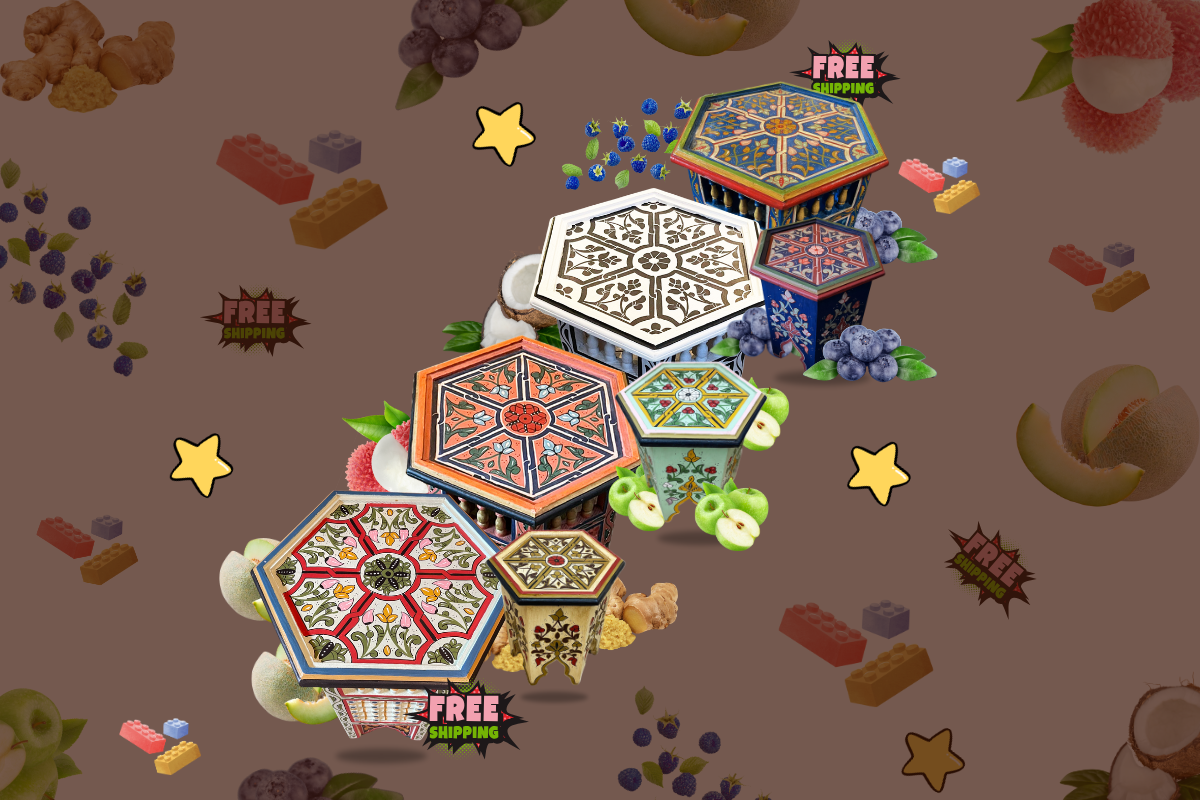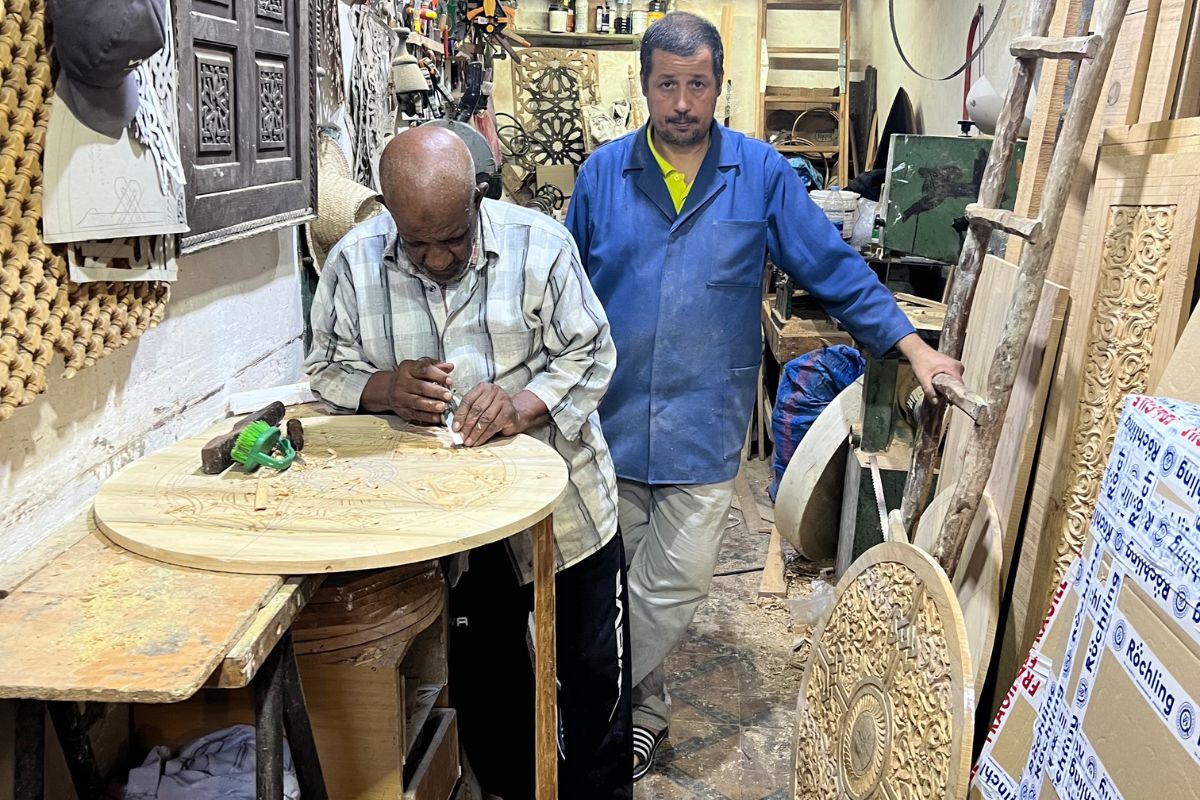Why the Legendary Chouara Tannery in Fez Is Still a Must-See After 1,000 Years

If you’ve ever stepped foot in Fez, Morocco, chances are someone’s pointed you toward the Chouara Tannery. And for good reason.
This isn’t just a workshop—it’s the oldest functioning tannery in the world, dating back to the 11th century. With its colorful vats, pungent smells, and centuries-old processes, the Chouara Tannery is one of the most captivating sights in the medina of Fez el Bali.
What Is the Chouara Tannery?
Located in the heart of Fez’s ancient medina, the Chouara Tannery is where animal hides are transformed into Moroccan leather using natural materials and manual labor. Picture hundreds of stone vats filled with dyes made from poppy, indigo, and henna. Hides soak in mixtures of cow urine, pigeon droppings, salt, and lime—ingredients that haven't changed much in over a millennium.

How the Leather Is Made
Step 1: The hides (from goats, cows, or camels) are first softened with water.
Step 2: They’re then soaked for 2-3 days in a blend of cow urine, salt water, and quicklime to remove hair and excess tissue.
Step 3: Next, the hides rest in a solution of pigeon droppings to further soften and preserve them.
Step 4: After rinsing and drying in the sun, the leather is dyed in vibrant natural colors.
These processes are entirely manual. Artisans continue this tradition, even though the physical toll is immense. They scrape and wash the hides by hand, standing in caustic vats for hours.
Why Chouara Tannery Stands Out?
Beyond its age, what makes Chouara extraordinary is its authenticity. The architecture, the process, and even the smells are preserved. It's raw, honest, and alive. You’re not visiting a museum—you’re walking into a living, working piece of Moroccan history.
Designer Kelly Wearstler has embraced Moroccan leather in her projects, appreciating its imperfections, character, and cultural story.
What to Expect When You Visit?
Expect powerful smells (guides often hand out mint leaves), a maze of narrow medina alleys, and shops that double as viewing terraces. Don’t be surprised if you’re invited to browse their handcrafted goods—bags, poufs, belts, and jackets made from the same leather you just saw being prepared.
It’s a humbling experience, a tribute to human craft and patience.

Our Recommendation:
Inspired by this centuries-old craft? Complement your interior with authentic Moroccan accents. Our White Square Moroccan Zellige Tile adds timeless beauty to kitchens and bathrooms, and our handcrafted Moroccan leather poufs are a respectful nod to the art you see in Fez.
FAQ
The Chouara Tannery is the oldest leather tannery in Fez, Morocco, dating back over 1,000 years. It still uses traditional methods to process animal hides into leather.
Moroccan leather is typically made from goat, cow, camel, or sheep hides. These are processed using natural ingredients like lime, pigeon droppings, and natural dyes.
The smell comes from the fermentation process, especially the use of cow urine and pigeon droppings to soften the hides. Mint sprigs are often provided to mask the odor.
Yes. Visitors can view the tannery from surrounding leather shops that double as observation decks. Be prepared for sales pitches, but there’s no fee to look.
While the methods are natural, the environmental and health conditions for workers have raised concerns. Efforts to modernize without losing tradition are ongoing.









